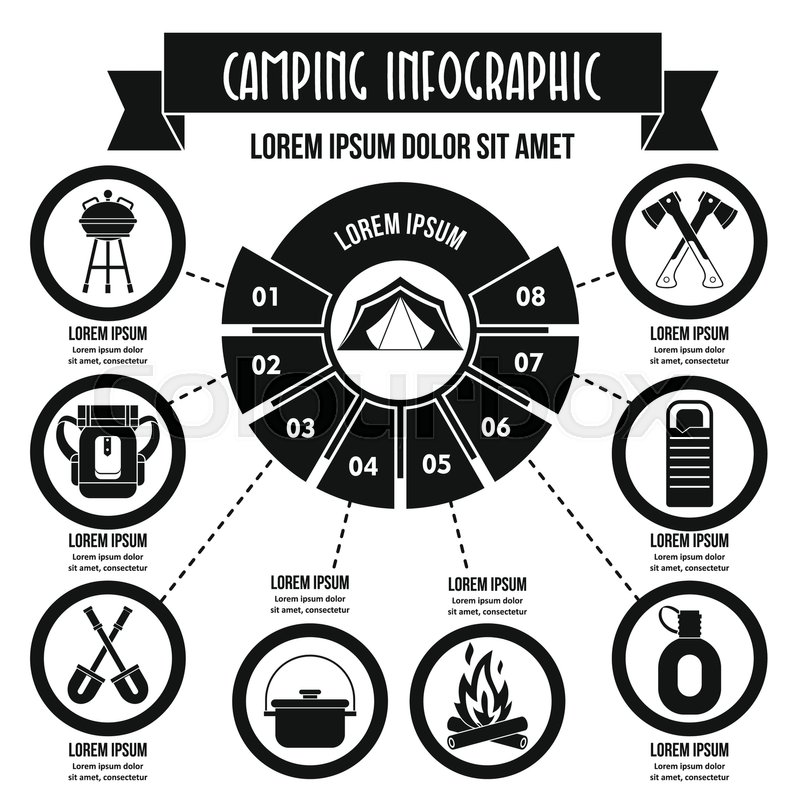The Grip Hitch is an easy and safe means to set tent individual lines. It's likewise a terrific technique for backing out a persistent camping tent peg. It can additionally be utilized to produce a flexible tarpaulin guy line where the change is made at the tent/tarp end. It works in high winds as it does not slide.
1. Bowline
Bowline is a knot that makes a loophole at one end of a rope. It's very easy to link and unknot, and it stands up to obstructing fairly well.
It's also a very good knot to make use of for signing up with 2 lines with each other, although it's normally suggested that you utilize a various strategy (such as a sheet bend or square knot) for this function, to prevent having the two separate bowlines wear against each other over time and weaken the line.
One potential problem with bowlines is that they can conveniently jam or bind if the functioning end is inaccurately gone through the rabbit hole. Several crucial failures have actually been reported as a result of this, specifically when made use of in climbing up applications. To assist avoid this from occurring, you can make a left-handed bowline by passing completion around the standing part of the loophole rather than with it, as displayed in the animation below. This variant supposedly executes far better and stands up to ring tension (a distending force applied either side of the knot) far better than the standard bowline.
2. Grasp Drawback
Utilizing these gripping hitches to safeguard your individual lines assists you prevent the problem of your line jamming while readjusting or tightening them. They are additionally beneficial when connecting a line to an object that is more difficult to reach than your standing end, such as a tree or huge support item.
The Hold Drawback is a friction knot that can be easily changed up or down the line while slack yet holds firm under tons. It is useful for tensioning ridgelines or guy lines and for camping applications to secure tarpaulins or camping tents.
To tie the Grasp Hitch, pass the working end around the standing component twice and tuck it under itself. To tighten up, pull on the working end to create a bight and afterwards utilize the bight to secure the knot to itself. For included safety and security, you can cover the functioning end around the standing part three times to raise friction and prevent the drawback from slipping under lots.
3. Midshipman's Drawback
Also called the Taut Line Hitch (ABOK # 1856, p 310), Flexible Drawback, or Rigger's Hitch this knot develops an adjustable loop at the end of a rope that can be slid up and down the standing end however still holds firmly when tightened up. It is likewise easy to unknot while under load.
Ashley advises this knot for a camping tent guy line due to the fact that unlike the bowline it can be tied while under lots and is less vulnerable to twisting. It additionally develops an intermediate Awning Hitch that can take the preliminary load while linking the final Fifty percent Hitch
To utilize this knot wrap the functioning end around an item such as a post or cleat. Following pass it back toward the object with the first Fifty percent Hitch developing a second Awning Drawback. Finally coating connecting the last Half Drawback and pull hard to outfit and tighten. For extra safety and security cover a second Midshipman's Hitch on top of the initial.
4. Adjustable Hold Hitch.
The Flexible Grip Drawback, also referred to as the Crawley Adjustable Hitch and the Adjustable Loophole Knot, is a friction drawback that can be easily moved up or down a line with slack but holds firm under lots. It is generally used for adjusting outdoor tents ridge lines or tarps around camp.
This slide-and-grip knot supplies good hold and is less complicated to tie than the Tautline Drawback or Midshipman's Drawback, but should not be made use of for vital applications given that it may slide when shock loaded. It can be enhanced by including extra beginning turns to increase the "hold" and friction in slippery outdoor shelter products.
To link this friction drawback, pass the functioning end around the object, after that cover it back together with itself and put the end under the 2nd turn. Pull the working end to tighten up the knot.
